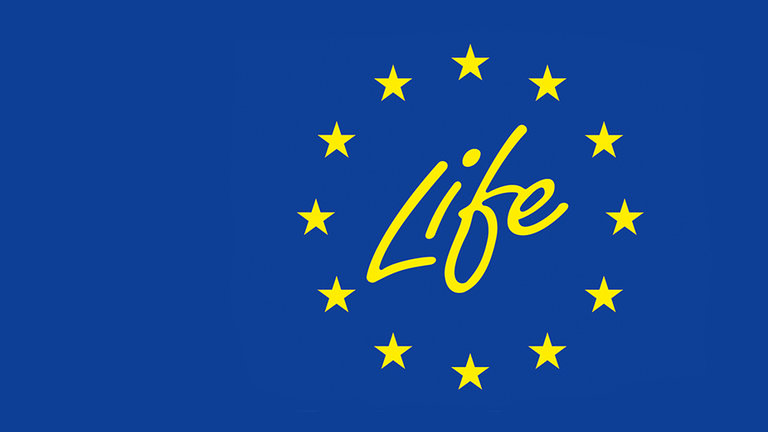Results
Increase plant efficiency and reduce pollutants emission were a challenge some years ago. It is an economic necessity today.
In glassmaking industry, several solutions are investigated (R&D or Industrial scales). Among them, one consists in recovering waste energy from plant site by indirect preheating to avoid all risks related to oxygen mixing with the fumes.
HotOxyGlass project, funded by the European Commission has 2 main objectives which are linked one to the other:
- To reduce energy consumption of the flat glass production process. Energy consumption has constantly been challenged in the industry, and the project suggests an innovative solution based on oxygen use.
- To reduce pollutants emissions. The project thus contributes to limiting climate change.
Results of the project
The successful start-up of the equipment occurred in November 2021. This was the outcome of a joint effort (Paşabahçe Bulgaria / Şişecam & Air Liquide) since the start of the project (July 2017). The teams have overcome many challenges and hurdles to achieve this start-up (technical challenges, economics challenges such as the Turkish lira depreciation and the Covid-19 outbreak). Although the initial project’s objectives could not be reached, this start-up is an accomplishment in the framework of the LIFE CleanOx project.
With the performance assessment of the equipment that was done by the teams in December 2021, Air Liquide has been able to better understand the behavior of the radiative heat exchanger in an industrial environment to fine tune its CFD modelling. Air Liquide concludes that the project outcome supports further development of the CleanOx technology.
The on-site test demonstrated an increase in thermal efficiency of 17% relative to air combustion using a regenerative heat exchanger. However, these results were not as high as the R-HX equipment can perform and below Eco-HeatOx performance. This was attributed to insufficient flue gas flow to the R-HX, due to its location on a flue-gas bypass, and to fouling problems which impede the full performance of the equipment. Based on Eco-HeatOx experience, the R-HX should achieve “CleanOx Intermediate” (i.e. equivalent to Eco-HeatOx) performance, provided sufficient flue gas flow is available and proper allowance is made for fouling. Therefore, we can expect that the R-HX design concept can deliver 23% less CO2 emissions and 90% less NOx emissions, relative to air combustion using a regenerative heat exchanger.
LIFE CleanOx
Project funded by European Commission for helping industry to reduce its environmental footprint.
Layman's report
-
English version
Download the document PDF (2.34 MB) -
French version
Download the document PDF (2.34 MB) -
Bulgarian version
Download the document PDF (1.42 MB)
Report on networking actions
-
Download the document PDF (283.97 KB)
After LIFE Plan
-
Download the document PDF (258.89 KB)
